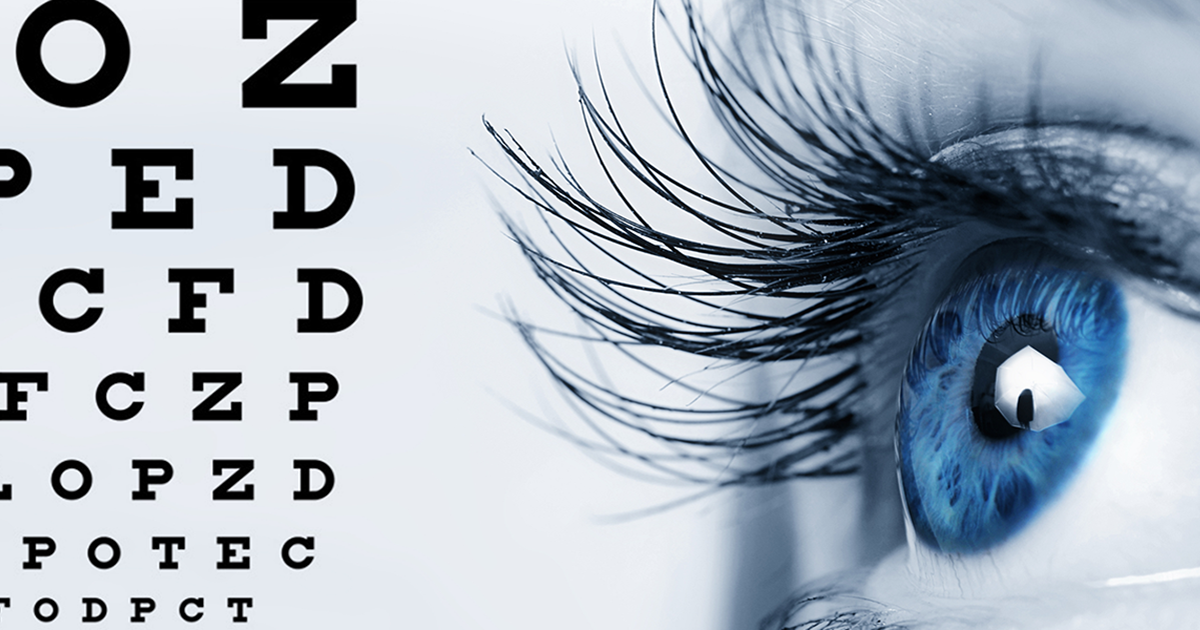Expert Glaucoma Service Near Me: Advanced Therapy Options
Expert Glaucoma Service Near Me: Advanced Therapy Options
Blog Article
The Function of Advanced Diagnostic Tools in Identifying Eye Disorders
In the world of ophthalmology, the utilization of advanced diagnostic devices has reinvented the early identification and management of numerous eye conditions. From discovering subtle adjustments in the optic nerve to checking the progression of retinal illness, these modern technologies play a crucial role in enhancing the accuracy and performance of identifying eye problems. As the demand for exact and prompt medical diagnoses continues to expand, the assimilation of sophisticated tools like optical comprehensibility tomography and visual field screening has become crucial in the realm of eye care. The complex interaction between innovation and ocular techniques not just loses light on intricate pathologies but additionally opens doors to tailored therapy techniques.
Importance of Very Early Medical Diagnosis
Early diagnosis plays a pivotal function in the effective monitoring and treatment of eye conditions. Prompt identification of eye problems is important as it enables punctual intervention, potentially protecting against additional progression of the illness and minimizing long-lasting difficulties. By identifying eye disorders at an onset, health care suppliers can provide appropriate treatment plans tailored to the details problem, eventually resulting in far better end results for clients. In addition, very early diagnosis allows patients to access needed support services and sources quicker, boosting their general lifestyle.

Technology for Identifying Glaucoma
Sophisticated analysis modern technologies play an essential function in the very early discovery and tracking of glaucoma, a leading root cause of permanent blindness worldwide. One such technology is optical coherence tomography (OCT), which supplies comprehensive cross-sectional photos of the retina, enabling for the measurement of retinal nerve fiber layer density. This dimension is essential in examining damages triggered by glaucoma. One more innovative tool is visual field screening, which maps the level of sensitivity of an individual's aesthetic area, assisting to spot any type of locations of vision loss feature of glaucoma. In addition, tonometry is made use of to gauge intraocular pressure, a major threat element for glaucoma. This examination is important as raised intraocular pressure can result in optic nerve damage. In addition, more recent modern technologies eyecare near me like the use of expert system algorithms in analyzing imaging information are revealing promising outcomes in the very early discovery of glaucoma. These innovative diagnostic devices enable eye doctors to identify glaucoma in its early phases, enabling prompt treatment and far better management of the illness to protect against vision loss.
Duty of Optical Coherence Tomography

OCT's ability to evaluate retinal nerve fiber layer density allows for exact and objective measurements, helping in the early detection of glaucoma even before aesthetic field defects become apparent. On the whole, OCT plays a vital duty in improving the analysis precision and administration of glaucoma, ultimately contributing to much better results for people at threat of vision loss.
Enhancing Diagnosis With Visual Field Testing
A necessary component in comprehensive sensory evaluations, visual field testing plays a critical function in improving the diagnostic process for different eye conditions. By assessing the full level of a person's aesthetic area, this examination supplies critical details concerning the useful integrity of the entire aesthetic path, from the retina to the aesthetic cortex.
Aesthetic area screening is especially useful in the diagnosis and administration of problems such as glaucoma, optic nerve problems, and different neurological illness that can impact vision. Through quantitative measurements of outer and central vision, clinicians can detect refined changes that might suggest the existence or progression of these problems, also before noticeable signs and symptoms occur.
Furthermore, aesthetic field screening permits the monitoring of therapy effectiveness, aiding ophthalmologists tailor healing interventions to specific people. eyecare near me. By tracking changes in aesthetic area performance in time, doctor can make enlightened decisions regarding changing medicines, advising surgical interventions, or carrying out other appropriate steps to protect or enhance a patient's visual function
Managing Macular Degeneration

Verdict
To conclude, advanced diagnostic tools play an important role in determining eye disorders early on. Technologies such as Optical Coherence Tomography and aesthetic field testing have significantly boosted the accuracy and efficiency of identifying problems like glaucoma and macular degeneration. Early discovery permits for timely intervention and management of these disorders, ultimately leading to far better results for clients. It is crucial for health care professionals to remain upgraded on these advancements to give the very best feasible look after their patients. eyecare near me.
Report this page